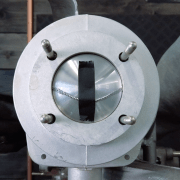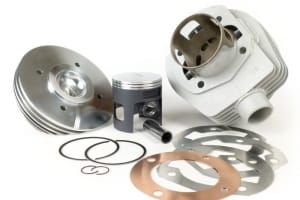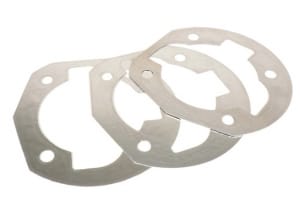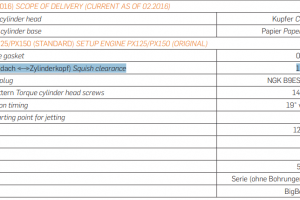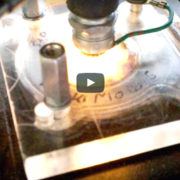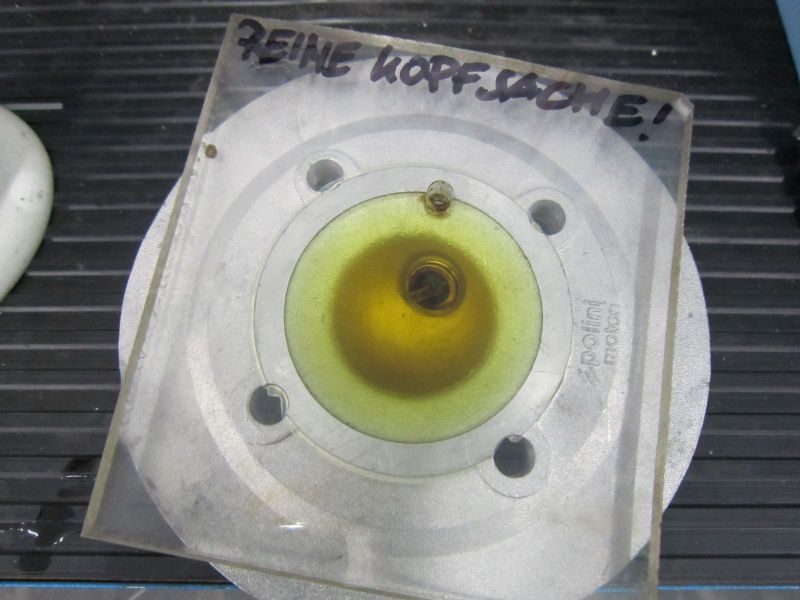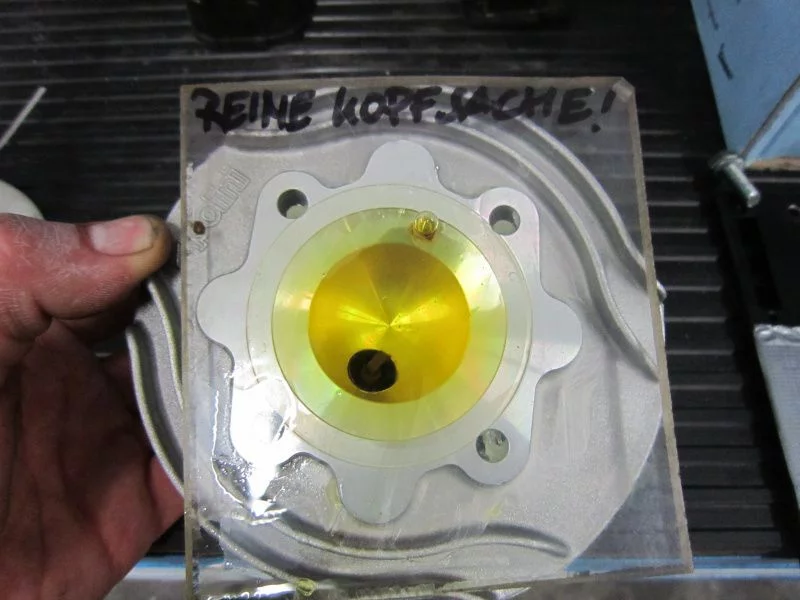How do I measure the pinch edge on the cylinder head?
In our second tutorial we describe how to do one bgm177 cylinder can Pinch edge is measured and adjusted. The process can of course be used for all other cylinders, but the dimensions can vary greatly depending on the manufacturer or the desired application of the cylinder and differ from our dimensions in the video.
For the heart of Platónika we have that bgm177 cylinder first mounted dry.
This means that the piston is initially mounted without piston rings and only with the upper bearing of the crankshaft. So if the cylinder has to be assembled several times in order to set the correct squeeze dimension, the threading of the piston rings is bypassed until the final assembly.
The bgm177 cylinder lie several and with 0,2; 0,4 and 0,6mm different thicknesses Seals for the cylinder base.
The cylinder is mounted without a seal for the cylinder base. We use to map the squeeze dimension soft solder with a diameter of 2mm.
The length of the piece of solder should correspond to the diameter of the hole. A little excess length doesn't do any harm to position the solder appropriately with adhesive tape on the piston, parallel to the piston pin.
The cylinder head is assembled and fastened together with the gasket. By turning the crankshaft, the piston is turned once above TDC = top dead center. There the solder is squeezed together between the piston crown and the squeeze surface of the cylinder head to the squeeze dimension and thus forms the current crush dimension .
After the cylinder head has been dismantled again, the pinched solder can be easily removed at the ends measured with the vernier caliper become. In our example this results in a dimension of 0,62mm.
The Instructions from ours bgm177 cylinder gives us a recommendation Crush dimension of 1mm.
How do I change the crush dimension?
In order to get from 0,62mm to 1mm with the existing squeeze dimension, a cylinder base gasket of 0,4mm must be added; in order to arrive at the desired dimension of 1mm purely mathematically.
https://blog.scooter-center.com/tutorial-stehbolzen-vespa-px/

